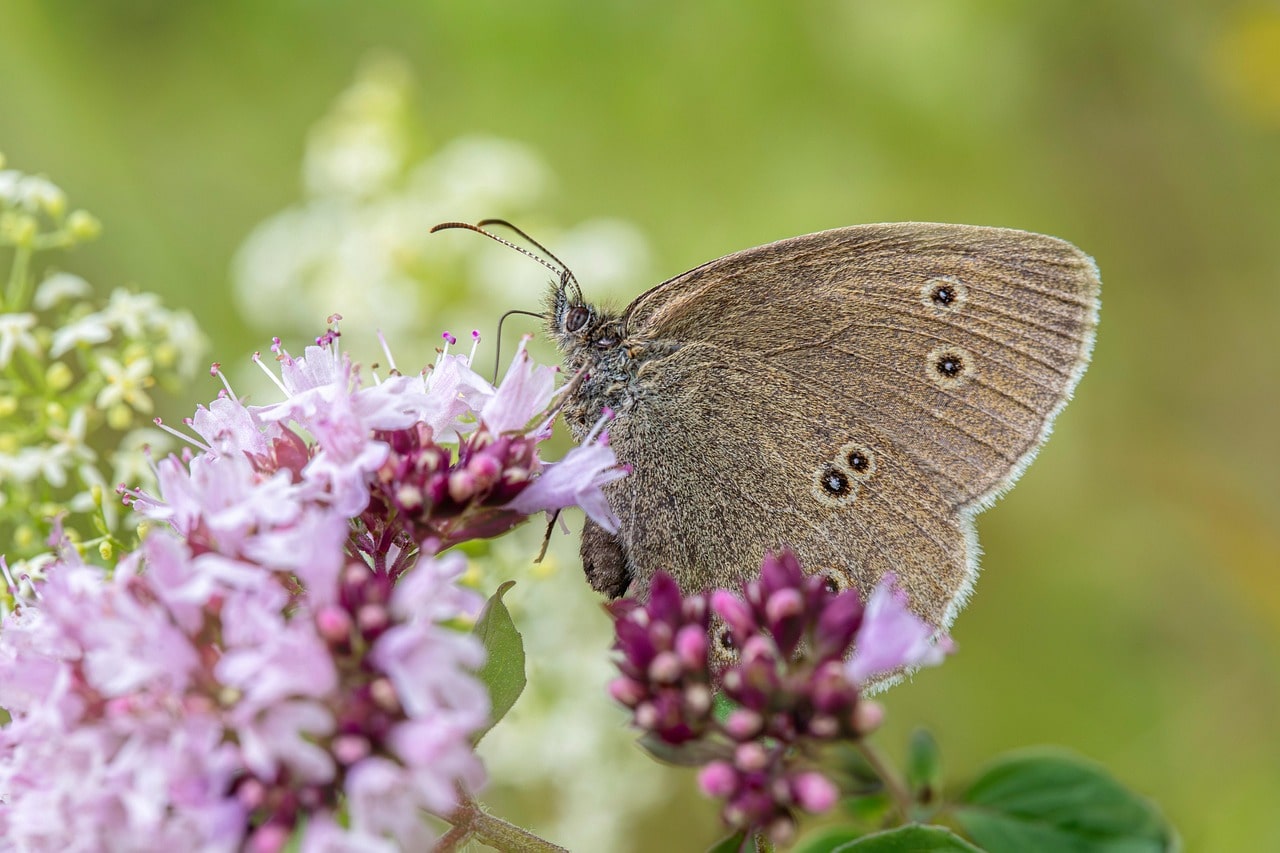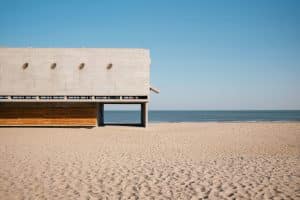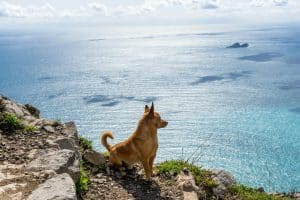Gardening With Native Plants for Local Wildlife
If you’re an avid gardener looking to make a positive impact on local wildlife, consider incorporating native plants into your garden. Not only do they add beauty, but they also provide crucial resources for birds, butterflies, and other animals. In this article, we’ll take a closer look at gardening with native plants for local wildlife and explore some tips and tricks for creating a thriving ecosystem in your own backyard.
The Importance of Native Plants
While non-native plants may be easier to find in nurseries, they often require more maintenance and don’t provide the same benefits for local wildlife. Native plants, on the other hand, have evolved to thrive in a specific region, making them well-suited to the climate, soil, and other environmental factors of that area. This means they are more resilient and require less water and fertilizer, making them a more sustainable option for your garden.
Supporting Biodiversity
Native plants not only provide a beautiful backdrop for your garden but also play a crucial role in supporting biodiversity. They attract a wide variety of pollinators, such as bees, butterflies, and hummingbirds, which are vital for the growth and reproduction of many plant species. Native plants also provide food and shelter for other animals, including birds and small mammals.
Preserving Ecosystems
By utilizing native plants in your garden, you can help preserve and restore the natural ecosystems in your local area. Many of these ecosystems have been disrupted or destroyed by human activities, such as urban development and agriculture. By incorporating native plants, you are creating a mini-ecosystem in your own backyard, providing much-needed resources for local wildlife.
Choosing the Right Plants
When it comes to selecting native plants for your garden, it’s essential to choose species that are indigenous to your specific region. This will ensure that the plants are able to thrive in their natural environment and provide the most significant benefit for local wildlife.
Consider the Growing Conditions
Native plants are adapted to the growing conditions of their specific region. This means they are well-suited to the amount of sunlight, rainfall, and soil type in that area. When selecting plants, make sure to consider these factors and choose ones that will thrive in your garden’s specific growing conditions.
Include a Mix of Species
To create a well-rounded and diverse ecosystem, it’s essential to include a mix of plant species in your garden. This will provide a variety of resources for different types of wildlife, such as different types of nectar for pollinators or different types of berries for birds. Consider including a mix of flowers, shrubs, and trees to create a diverse and visually appealing landscape.
Nurturing Your Native Plants
Native plants are generally low maintenance, but they still require some care and attention to thrive in your garden. Here are some tips for caring for your native plants:
Water Appropriately
While most native plants are drought-tolerant, they still need water to establish themselves in your garden. Make sure to water them regularly, especially in the first year after planting.
Limit Pesticide Use
Pesticides can harm not only pests but also beneficial insects and birds. To maintain a healthy ecosystem in your garden, limit or avoid the use of pesticides altogether.
Provide Shelter
Native plants provide valuable shelter for wildlife, but you can also enhance this by incorporating birdhouses, birdbaths, or other structures into your garden. This will provide additional nesting and feeding opportunities for birds and other animals.
Conclusion
Gardening with native plants for local wildlife is a win-win situation – you get to enjoy a beautiful, low maintenance garden, while also providing valuable resources for birds, butterflies, and other animals. By following these tips and incorporating native plants into your garden, you can make a positive impact on your local ecosystem and support biodiversity in your own backyard.










